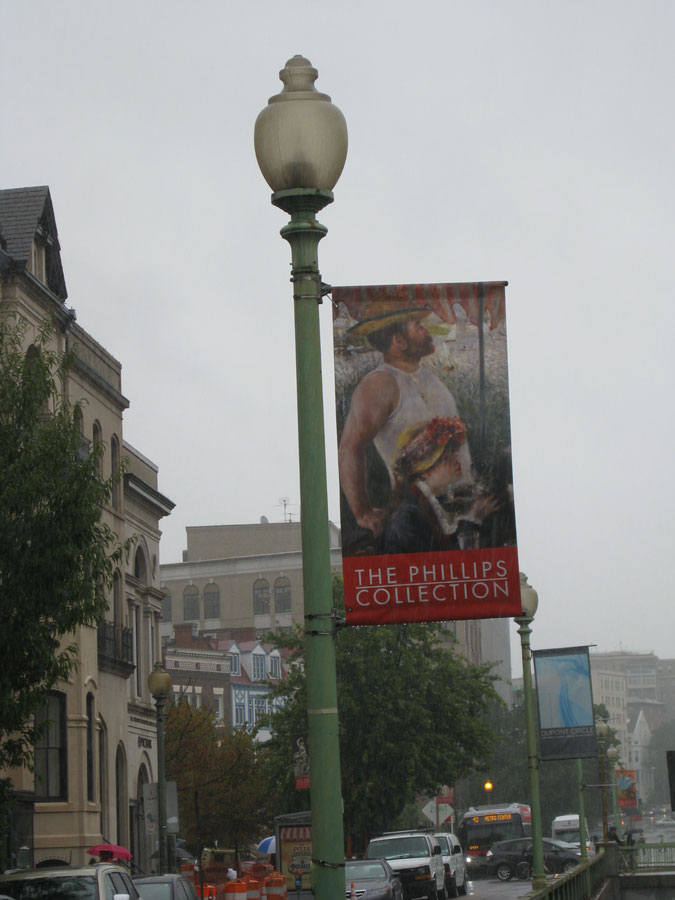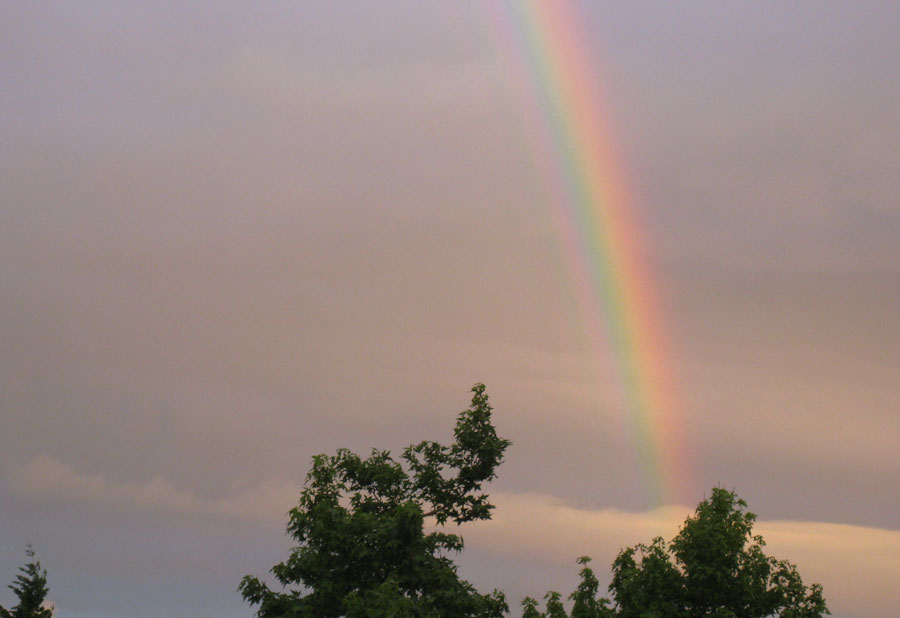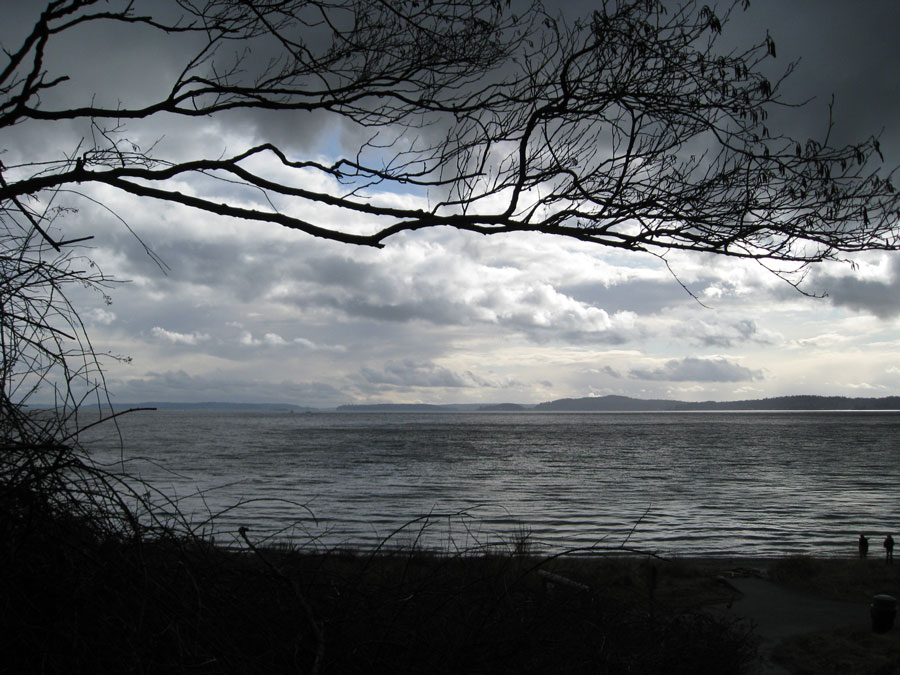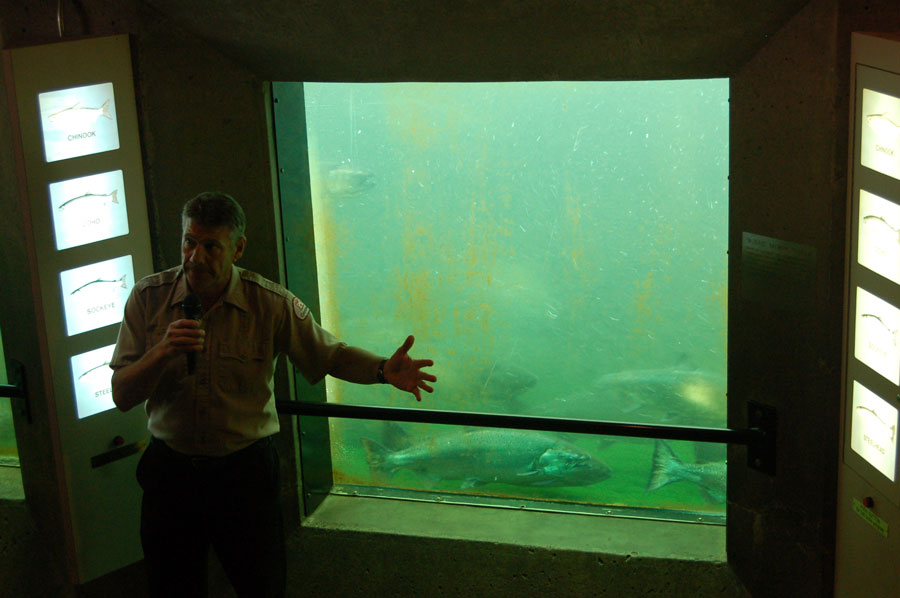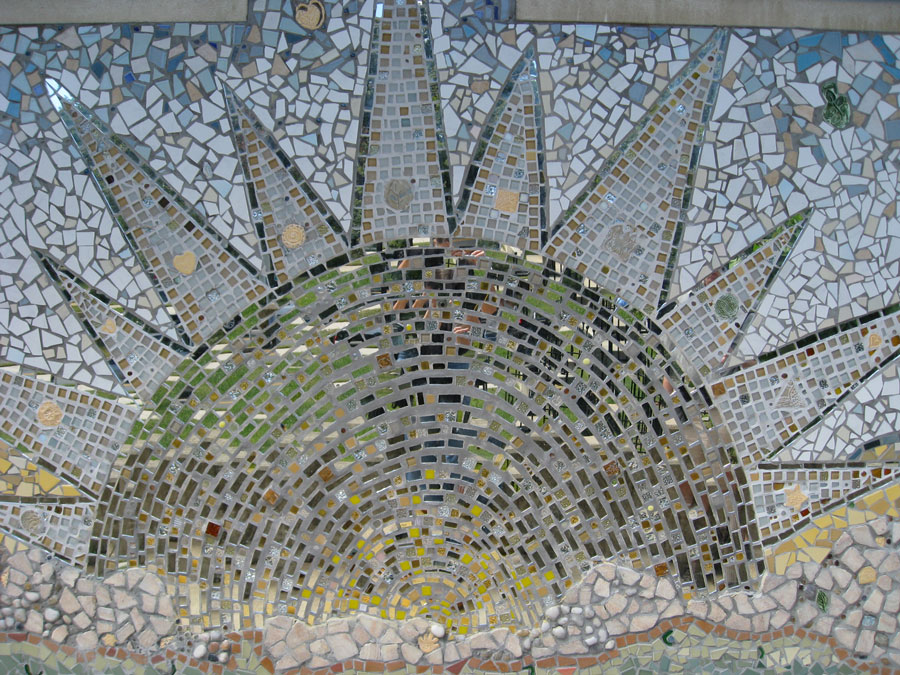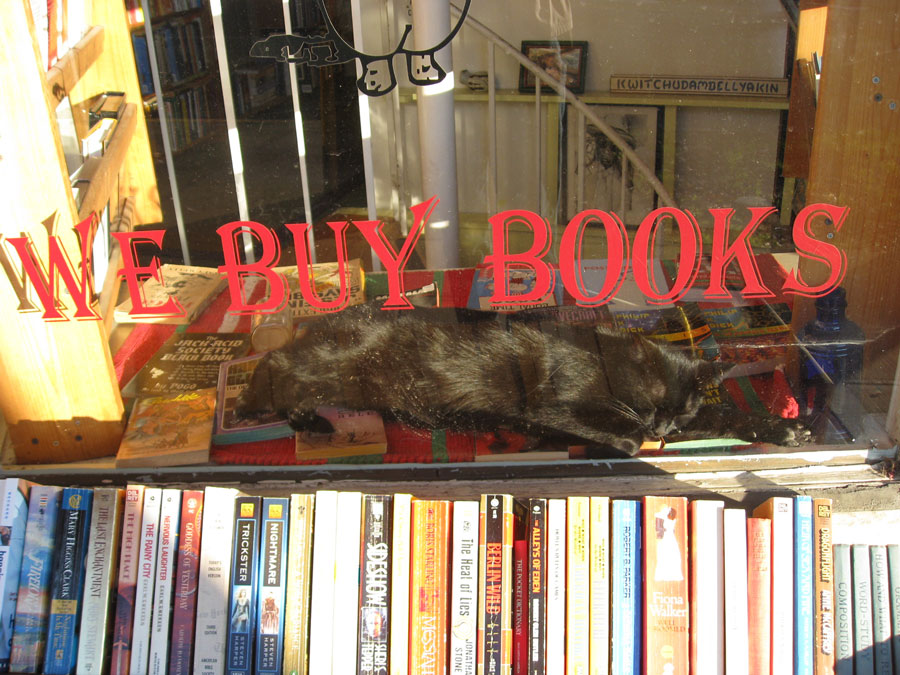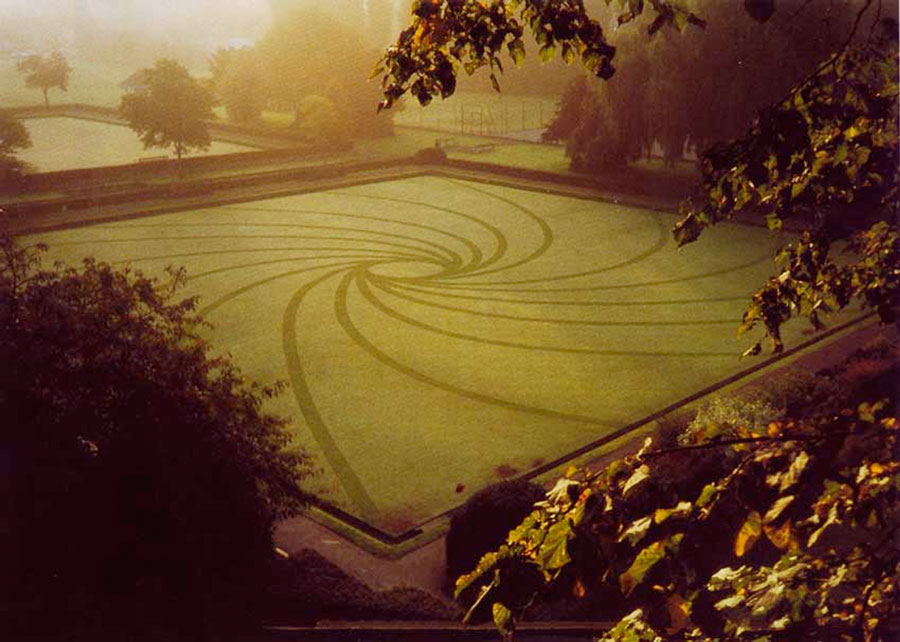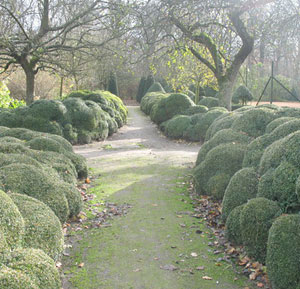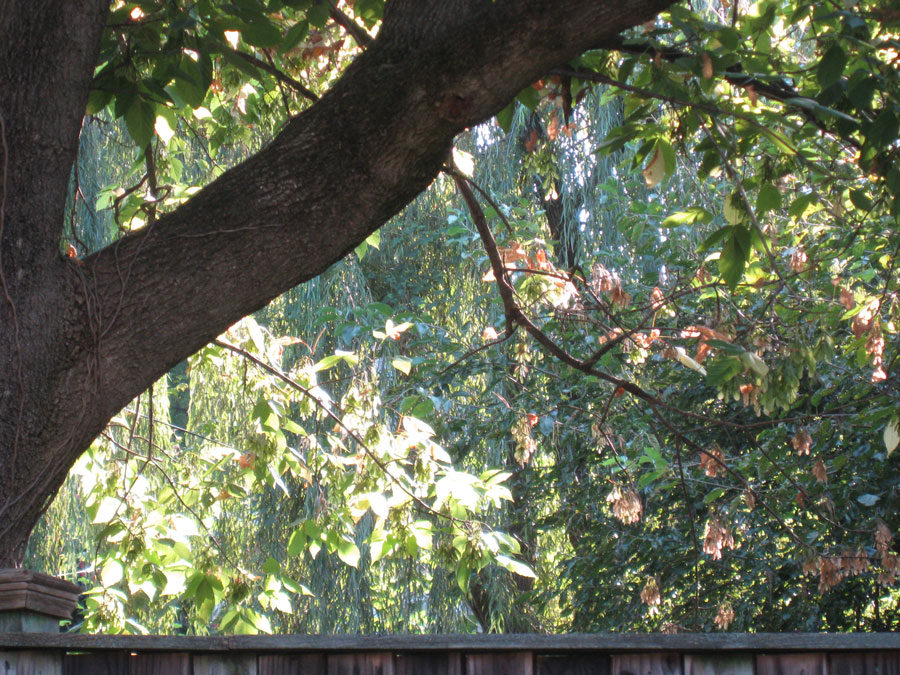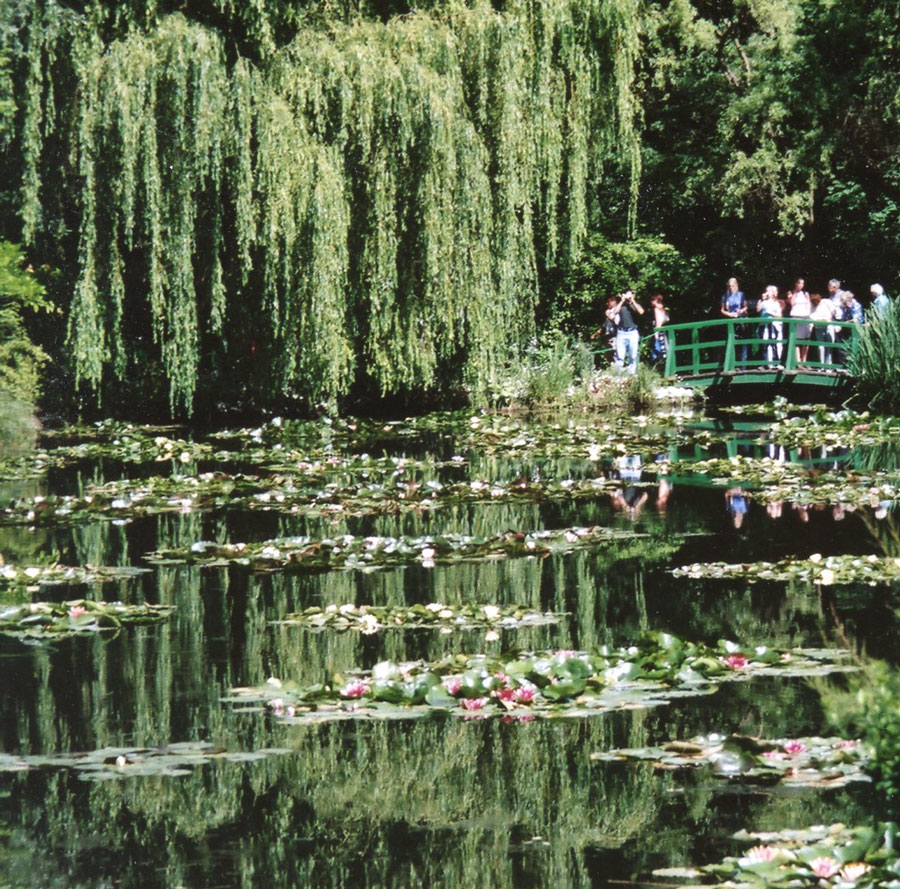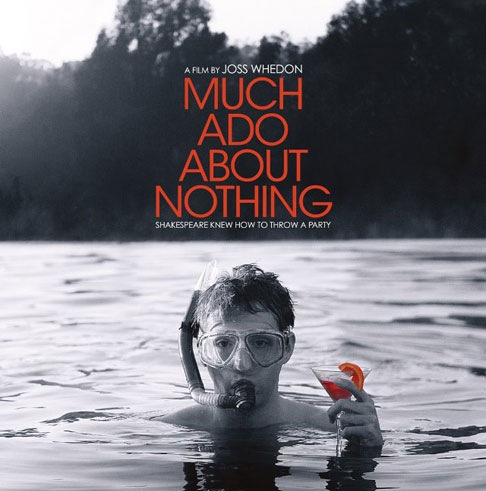
Play on.
When Shakespeare wrote that line for Count Orsino in Twelfth Night, it was meant to suggest a strategy for ending, rather than prolonging, the pain that love can sometimes cause. Frustrated by his inability to win the love of the bewitching Olivia, Orsino thought to make himself sick of love by feasting to excess on sappy love songs.
Of course, it didn’t work out as he’d planned. That’s the thing about love. Planning rarely helps.
But when it comes to producing Shakespeare’s works, brilliant planning certainly pays, as is evident in last year’s delightful film version of Much Ado About Nothing by director Joss Whedon.
Whedon assembled a cast of veteran actors, most of whom have worked with him on one or more of his earlier successes (Buffy the Vampire Slayer, Firefly, The Avengers). He shot the film in black and white, in less than two weeks, on a miniscule budget. He saved money by using his own home as the set. And he wrote all the music for the film, adding lyrics by William Shakespeare. The result is astonishing.
To my mind Shakespeare is the literary equivalent of Paris. Ideally, everyone should experience it at least once. Even if you don’t understand the language, you can figure out what’s going on.
Sophisticated and modern, yet timelessly classic, Whedon’s Much Ado stands out from some other recent film versions of Shakespeare because Whedon didn’t attempt to dazzle with special effects or dumb down the language to attract the tweeting masses. He simply let the words carry the plot, which is driven by the age old engines of duplicity and desire.
Whedon is a master storyteller. So was Shakespeare. And together, they are really something.
